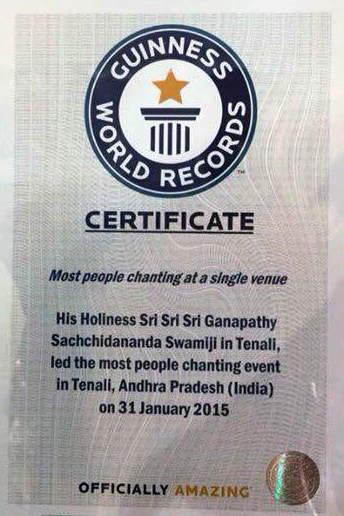The Vanara by the name Mārīcha states-
Sada pāpougha nistyūtaṃ pāpeṣu hṛsta mānasam
Pāpātmānam mahāpāpam rakṣa mām hanumat prabho.
Meaning- O Lord Hanuman! I am forever immersed in sins. This mind of mine derives tremendous delight from sinning and is deeply inclined towards it. I, the dreadful sinner, commit the worst sins. Yet, Oh Lord, I seek your eternal protection.
Sadā pāpogha means ‘to be eternally drowned in sins’. Nishtyootam means to be known through the sins committed. Pāpātma is a ‘wretched sinner’.
From this hymn, it is clear that Marīcha is a highly enlightened Vanara (maha jnani), who is extremely righteous, who possess saintly characteristics and who is glowing with infinite illumination! Only he who is wholly dedicated in the observance of the rules of truth (satya) and righteous living (dharma) has total awareness of virtues and sins. Being extremely righteous, Marīcha had the realization that he is sunk into the depths of sinning and that he derives a great mental pleasure from sinning. A thorough analysis reveals that through this hymn he is teaching profound lessons to this world.
The fundamental lesson here is that this unending cycle of re-births is a deep mire. The person, while living in this world, should glow like the lotus leaf that does not allow even a drop of water to touch it. He should not allow even a trace of this mire to touch him. The mind should be focused on the Lord at all times. This is the deep hidden meaning of this hymn.
In this context, let us discuss the practical lesson regarding sinning that has been taught by Lord Hanuman himself. Lord Hanuman had to enter the inner apartments of Ravana’s palace as a part of his search for Mother Sita. Here, He had to face a test. He witnessed many ugly scenes that should not be witnessed. With this, Hanuman began to ponder, “With the intent of undertaking a meritorious task, I came here in search of Mother Sita. Unfortunately I have seen those scenes that should not be seen. Due to this, did I commit any sin? Oh my God, what did I do? Perhaps some trace of sin would have attached to me.”
Hanuman is inherently sinless. As a form of the life force, he is all-pervading. To the one who exists everywhere and who permeates everything, from where does the question of accruing virtues or sins arise?
Through this, Hanuman taught the world some important lessons of life. He teaches that every being in this world should constantly reflect about the right and wrong results of his/her actions.
The individual who begins to worry about the consequences of his actions becomes hesitant before performing any action. He will then begin to wonder about the do’s and don’ts for every action. How is the mind to differentiate between meritorious and sinful deeds? Should any task be taken up or not? In the absence of any clear direction, the mind will simply vacillate without being able to effectively decide between right and wrong.
In such a situation, the intellect (buddhi) firmly resolves and gives its final judgment to the mind whether the deed is virtuous or sinful in nature and hence whether it should be taken up or not! The mind will get its instructions- ‘Do this’ or ‘Don’t get into this’.
No sin or virtue can attach to anyone merely because he has seen or heard something. On the other hand when the mind is inclined towards sinning, sins attach to the person irrespective of whether he has physically seen the deed with his eyes or not. Likewise, where the mind is inclined towards meritorious deeds, virtues automatically accrue to the person.
Om nano Hanumate namah

